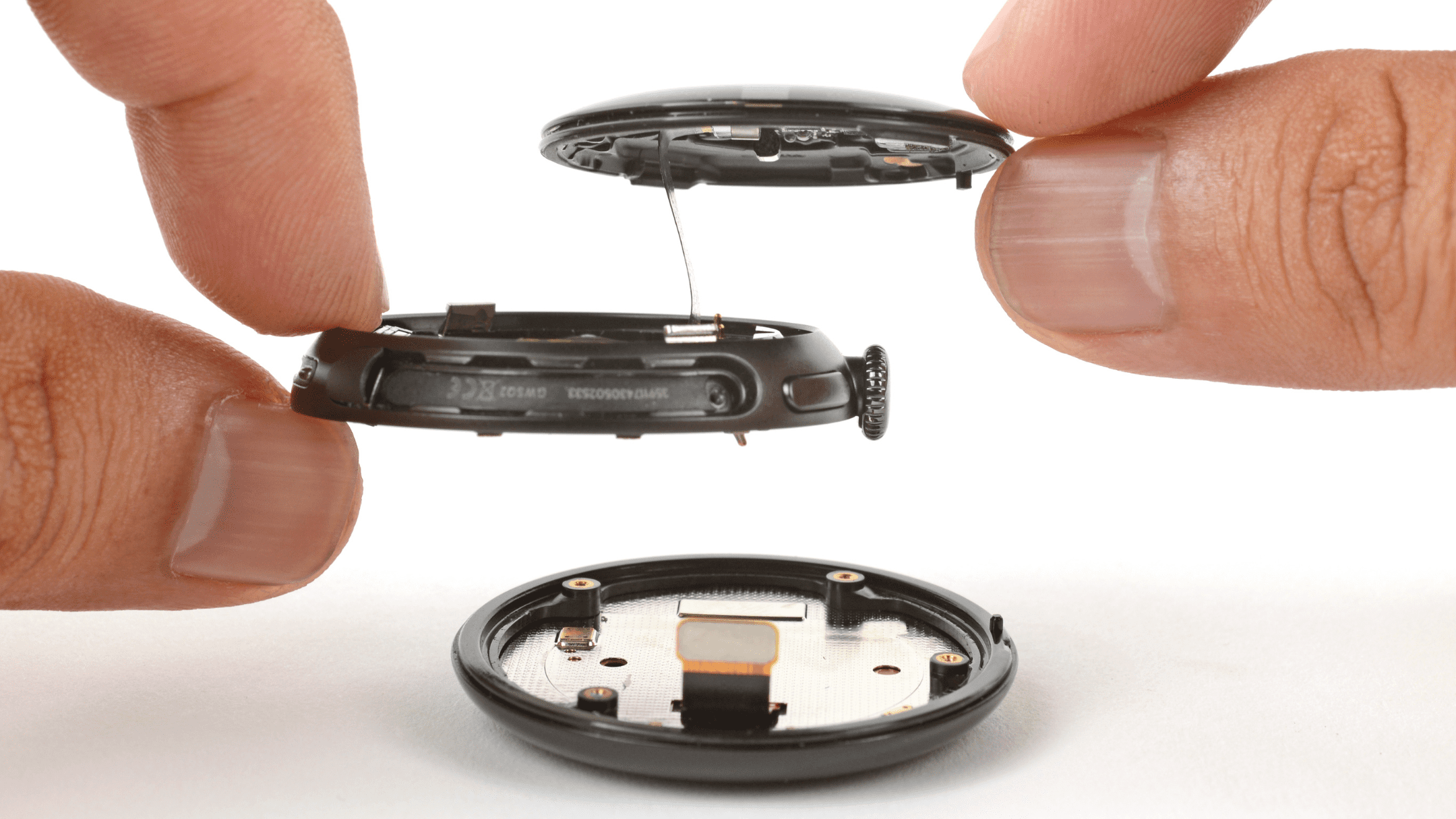The Pixel Watch 4 has garnered attention for its impressive repairability score, appealing to a growing demographic that values device longevity and self-repair options.
The Importance of Repairability in Modern Devices
In an era where technology is rapidly evolving, the concept of repairability has become increasingly significant. While many consumers may not prioritize the ability to repair their devices, a notable segment of the population actively seeks this option. The desire for repairable devices stems from various factors, including sustainability, cost-effectiveness, and personal empowerment. As manufacturers focus on creating sleek and durable products, they often overlook the importance of making devices easier to repair.
Historically, many electronic devices have been designed with a “throwaway” mentality, leading to a culture of disposability. This trend has raised concerns about electronic waste and its environmental impact. According to the Global E-waste Monitor, around 53.6 million metric tons of electronic waste were generated worldwide in 2019, a figure that is expected to rise. As consumers become more aware of these issues, the demand for repairable devices is likely to grow.
The Pixel Watch 4: A Step Forward
The Pixel Watch 4 stands out in the smartwatch market not only for its features but also for its repairability. Recent assessments have revealed that the device scores exceptionally well in terms of ease of repair, making it a noteworthy option for consumers who prioritize sustainability and longevity.
Repairability Score Explained
Repairability scores are typically determined by evaluating several factors, including the availability of spare parts, the ease of disassembly, and the complexity of repairs. The Pixel Watch 4 has received high marks in these areas, indicating that users can potentially fix common issues without needing to replace the entire device.
Some of the key aspects contributing to the Pixel Watch 4’s high repairability score include:
- Modular Design: The modular design of the Pixel Watch 4 allows for easier access to internal components, making repairs more straightforward.
- Readily Available Parts: Google has committed to providing spare parts for the Pixel Watch 4, ensuring that users can obtain the necessary components for repairs.
- Detailed Repair Guides: The availability of comprehensive repair guides further empowers users to tackle repairs themselves, reducing reliance on professional services.
Consumer Reactions
The positive reception of the Pixel Watch 4’s repairability has resonated with consumers who value the ability to maintain their devices. Many users have expressed appreciation for the transparency and accessibility that comes with a repairable product. Social media platforms and tech forums have seen discussions highlighting the importance of repairability in purchasing decisions.
One user stated, “It’s refreshing to see a company prioritize repairability. It gives me confidence that I can keep my device for a longer time without worrying about it becoming obsolete.” This sentiment reflects a growing trend among consumers who are increasingly considering the long-term implications of their purchases.
Implications for the Tech Industry
The Pixel Watch 4’s high repairability score could have broader implications for the tech industry as a whole. As consumer demand for repairable devices increases, manufacturers may need to reevaluate their design philosophies. The success of the Pixel Watch 4 could encourage other companies to adopt similar approaches, leading to a shift in industry standards.
Environmental Considerations
From an environmental perspective, promoting repairability can significantly reduce electronic waste. When devices are designed to be easily repaired, consumers are less likely to discard them when issues arise. This shift can contribute to a more sustainable future, aligning with global efforts to combat climate change.
Moreover, the repairability of devices can also lead to reduced resource consumption. Manufacturing new devices requires significant energy and raw materials, contributing to environmental degradation. By extending the lifespan of existing devices through repairs, manufacturers can help mitigate these impacts.
Challenges Ahead
Despite the positive developments surrounding the Pixel Watch 4, challenges remain. The tech industry is still grappling with the balance between sleek design and repairability. Many high-end devices prioritize aesthetics and durability, often at the expense of ease of repair. As a result, consumers may still face hurdles when attempting to repair other devices that do not prioritize this aspect.
Additionally, there is a risk that manufacturers may not fully embrace the repairability trend. While the Pixel Watch 4 sets a positive example, it remains to be seen whether other companies will follow suit or continue to prioritize short-term profits over long-term sustainability.
Stakeholder Perspectives
The conversation around repairability involves various stakeholders, including consumers, manufacturers, and environmental advocates. Each group has its own perspective on the importance of repairable devices.
Consumer Advocacy Groups
Consumer advocacy groups have long championed the right to repair movement, which seeks to empower individuals to repair their devices without facing barriers from manufacturers. These organizations have praised the Pixel Watch 4 for its repairability, viewing it as a step in the right direction.
One representative from a consumer advocacy group stated, “The Pixel Watch 4’s repairability score is a testament to what can be achieved when companies prioritize consumer needs. We hope to see more manufacturers follow this lead.” This statement underscores the collective hope for a future where repairability becomes a standard feature in consumer electronics.
Manufacturers’ Responsibilities
Manufacturers have a crucial role to play in the repairability conversation. As consumer preferences shift, companies must adapt to meet these demands. The success of the Pixel Watch 4 may serve as a wake-up call for other manufacturers to reconsider their design philosophies and embrace repairability as a core principle.
However, some manufacturers may resist this change due to concerns about costs and profitability. The challenge lies in finding a balance between creating aesthetically pleasing products and ensuring they are easy to repair. As the market evolves, manufacturers will need to navigate these complexities to remain competitive.
The Future of Repairability
The Pixel Watch 4’s high repairability score represents a significant milestone in the tech industry. As consumers become more conscious of their purchasing decisions, the demand for repairable devices is likely to increase. This shift could lead to a broader movement toward sustainability and responsible consumption.
Potential Industry Standards
As repairability gains traction, there is potential for the establishment of industry standards. Organizations and regulatory bodies may begin to advocate for minimum repairability requirements, pushing manufacturers to prioritize this aspect in their designs. Such standards could further incentivize companies to adopt repairable designs, ultimately benefiting consumers and the environment alike.
Consumer Education
Consumer education will also play a vital role in the future of repairability. As more individuals become aware of the benefits of repairable devices, they may prioritize this feature when making purchasing decisions. Manufacturers that embrace repairability may find themselves at a competitive advantage in a market increasingly driven by consumer values.
Conclusion
The Pixel Watch 4’s impressive repairability score highlights a growing trend in the tech industry that prioritizes sustainability and consumer empowerment. As the demand for repairable devices continues to rise, manufacturers may need to adapt their design philosophies to meet these expectations. The implications of this shift extend beyond individual devices, potentially leading to a more sustainable future for the entire industry.
As consumers, advocates, and manufacturers engage in this conversation, the hope is that repairability becomes a standard feature in all electronic devices, allowing users to maintain and extend the life of their technology.
Source: Original report
Was this helpful?
Last Modified: October 11, 2025 at 1:39 pm
1 views















